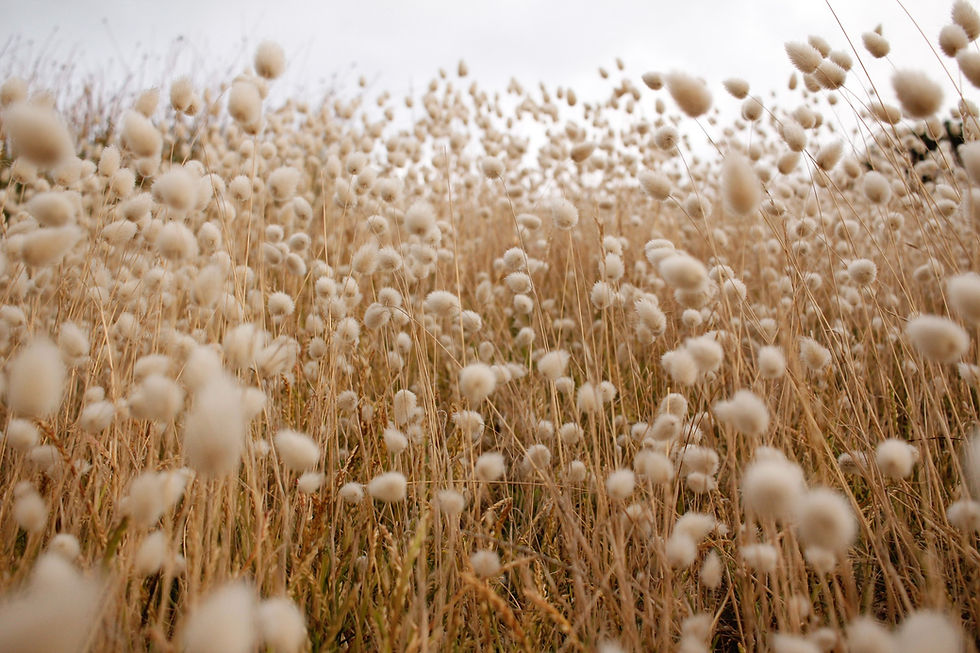Clothes made from orange peel: it's not a joke.
- pavancostanza
- May 24, 2021
- 2 min read
The textile industry is constantly evolving. In the last few years, consumers are becoming more conscious of what they are using in terms of fabrics and where it comes from. It's a really interesting reality that deserve to be known. As always, be careful: these fibers are made in an ethical and sustainable way, but they are only the raw materials. Also check the company that uses them to produce the finished product. Innovative textile fibres can be classified into three categories:
BIOLOGICAL TISSUES
Among the innovative organic fibers we can mention organic cotton and organic wool.

Organic cotton is a cotton that is grown, produced, processed and certified according to organic agricultural standards. Its production supports the health of the environment, the ecosystem and people, encouraging the use of natural processes and substances rather than artificial, chemical and toxic and combining tradition and scientific innovation to promote sustainability and quality of life. Organic cotton is certified by international organizations for environmental and social protection, but the most common certifications are definitely the GOTS - Global Organic Textile Standard and the OCS - Organic Content Standard.

Organic Wool is a natural textile fibre of animal origin. Common wool is certainly one of the most used natural fabrics in the world, but what not everyone knows is that it can be taken from animals other than sheep, such as camels, rabbits, alpacas. Certified organic wool is still rare on the market, and to be defined organic must have the textile certification called GOTS Global Organic Textile Standard. GOTS is a label that imposes high standards of product quality, environmental sustainability, and social ethics.
ECOLOGICAL FABRICS
The most famous material is Lyocell: the term Lyocell (or tencel) is used to identify an organic fiber derived from the processing of eucalyptus cellulose. Its production process has a very low environmental impact.

The eucalyptus fiber is silky and pleasant to the touch, soft, light and breathable. Very popular are also fabrics produced from Bamboo: the cultivation of this plant is particularly suitable for organic practice, in fact, requires little water to grow, In addition, bamboo consumes more CO2 and produces more oxygen than traditional plants. Banana: the production of fibers obtained from banana bark is particularly eco-sustainable as it derives from the waste of banana production. The banana fiber allows to obtain a fabric very similar to silk, in Japan this fiber is mainly used for the production of kimono. Hemp and Linen are also very popular.
RECYCLED FABRICS
Considering other textile fibres obtained from recycled materials, a new frontier is given by the waste of Pineapple (Pinatex).

In order to make the pineapple leather the leaves are dehydrated and bonded together to form the pineapple leather. Considering it doesn’t use any harsh chemicals in the process, it is a great alternative to real animal leathers.
Among the recycled fabrics we can indicate the recycled cotton, the regenerated wool, the fiber from the waste of citrus (Orange Fiber) and the fiber from the waste of wine (Wineleather).




Comments